Introduction:
This method was introduced by (Prof.) Dr. Anton Jayasuriya. He was a member of the International Institute of Homeopathy; Member of the Acupuncture Foundation, Canada; Honorary President, Atlantic College of Medical Homeopathy, Republic of Columbia; WHO Fellow in Acupuncture.
Homeopuncture is a methodology in which the specific homeopathic remedy is made to act directly in the tissue. The method starts by first dipping an acupuncture needle in the (liquid) medicine and puncturing at the specific acupuncture point.
View of Dr. Hahnemann on ‘Route of Administration of Medicine’:
In the ‘Organon of Medicine’, Master Christian Friedrich Samuel Hahnemann stated in the § 16 “alternative powers of the serviceable medicines acting upon our spirit-like vital force, which perceives them through the medium of the sentient faculty of the nerves everywhere present in the organism,”.
Again in the § 284 [6TH edition of Organon of Medicine], He said that “Besides the tongue, mouth and stomach, which are most commonly affected by the administration of medicine, the nose and respiratory organs are receptive of the action of medicines in fluid form by means of olfaction and inhalation through the mouth. But the whole remaining skin of the body clothed with epidermis, is adapted to the action of medicinal solutions especially if the inunction is connected with simultaneous internal administration”.
In the § 289, Master Hahnemann said that “Every part of our body that possesses the sense of touch is also capable of receiving the influence of medicines, and of propagating their power to all other parts”.
In the § 290, Dr. Hahnemann clarified the routes of administration as “Besides the stomach, the tongue and the mouth are the parts most susceptible to the medicinal influences; but the interior of the nose is more especially so, and the rectum, the genitals as also all particularly sensitive parts of our body are almost equally capable of receiving the medicinal action; hence also, parts that are destitute of skin, wounded or ulcerated spots permit the power of medicines to exercise almost as penetrating an action upon the organism as if the medicine had been taken by the mouth or still better by olfaction and inhalation”.
In the § 292, He specified the susceptibility of receiving medicinal power of skin, as “Even the external surface of the body, covered as it is with skin and epidermis, is not unsusceptible of the powers of medicines, especially those in a liquid form, but the most sensitive parts are also the most susceptible”.
A diagram depicting the various organs that are represented on our Hand
[The torso is reflected in the palm whereas the head and neck are represented on the thumb. The forefinger and the little finger correspond to the hands, whereas the middle fingers to the legs]
Homeopuncture has following advantages ———
T The remedy is administered directly in the tissue by acupuncture needle. The saliva and other oral barriers are avoided.
T The action is direct and immediate.
T Aggravation appears to be minimal, if non-existent.
T The complementary action of acupuncture therapy helps to enhance the ‘Cure’.
T Common antidoting substances viz. coffee, tobacco, alcohol, menthol, perfumes, lipsticks etc. are not consequential.
T The specific potency does not appear to be of importance.
T It is useful in pre-operative and post-operative cases.
T There does not appear to be any contraindications to this combined methodology, which is an integration of Occidental medicine with Oriental medicine.
“HomÅ“opuncture has been used with good results in a large variety of disorders at the Colombo South General Hospital, Kalubowila, Sri Lanka“
– Dr. Anton Jayasuriya.
Conclusion:
Keeping in mind the view of our Master Hahnemann in the Organon of Medicine, administering proved medicine in crude or dynamic form and considering the pharmaco-dynamics / sphere of action of the medicine or repertorizing the patient’s complaints on the nosological basis (using Synthetic Repertory or Synthesis or Pathak’s Repertory or BÅ“ricke’s Repertory) – we can successfully treat the diseased condition of the patient.
Some authors may disagree with this concept. Robin Murphy, ND [author of Homeopathic Medical Repertory] has merged both the types of practice, both classical and clinical. To quote Robin Murphy, “If you do only one type, you are a half homÅ“opath. Learn to prescribe according to the case. The right way to prescribe is revealed in the case and by the results that you get, not by some old theory and principles“.
There are many homeopaths and acupuncture experts, not only in India, but also abroad, who employ medicines with this concept and are truly successful in clinical practice.
References: –
- Hahnemann, Dr. C. F. S.: Organon of Medicine [5th & 6th student edn.; B. Jain].
[Translated by R. E. Dudgeon & W. BÅ“ricke]
- Jayasuriya, Dr. Anton: Clinical Homeopathy: A to Z Homeopathy Course [Reprint edn. 1988; B. Jain].
- Tiwari, Dr. S. K.: Essential of Repertorization [Reprint edn. 2006; B. Jain].
- www.sujokacupuncture.co.in
- www.sujok.com
- www.sujok.ru

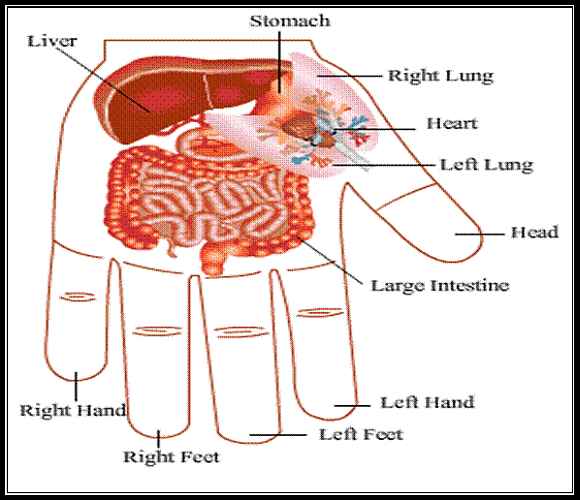

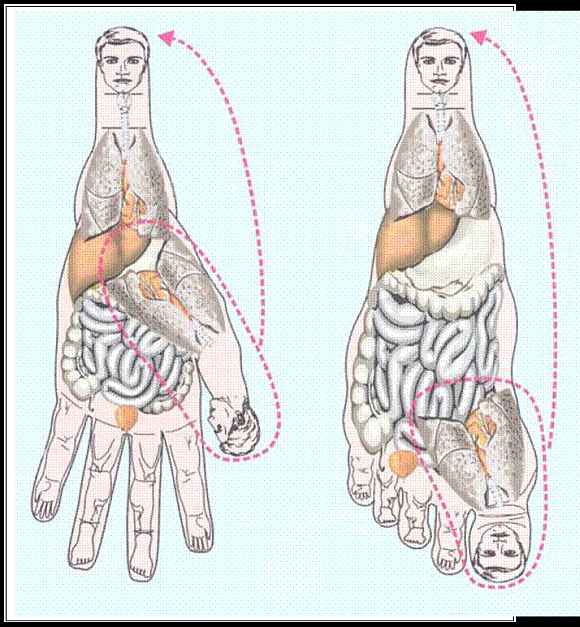
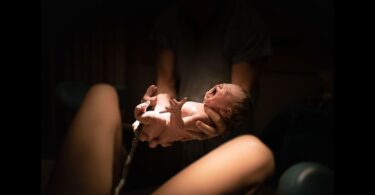
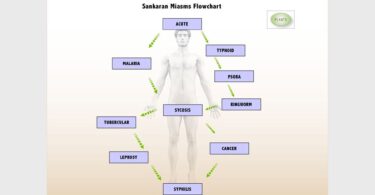
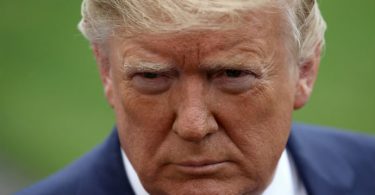

acupuncture with homeomedicine will be a boon to the world of patients.but enough research is required.
Dr. Krishnendu Maity sir ,
First of all i want to congratulate you and say thanks for all the articles on this forum, we learn lot from this.
I am one of your Student …..and you and Dr Smita madam have taught us…..
and best part of every education is how it is delivered and who delivers it….
sir keep us motivated as ever and always guide us…..
Dr Piyush Kumar
BHMS MD (Hom)
We remember u. U r from Banaras. U were our first 4th yr batch when we joined LBSHMC. What r u doing now? Work hard and may God bless u.
Dr. Krishnendu & Dr. Smita Maity, Bhopal
Dr. Krishnendu Maity.
Congratulations for this article.
I have some questions about this method.
Is important to use the needle with homeopathic remedy in all the treatment with acupuncture? According to acupuncture some time we need to use incresase or decrease the Ki energy of the meridian..using Homeopathy will affect this situation on the Vital Energy of the patient? Should we expect a faster reaction on the patient with this method maybe because we are working with meridians and this affect all the organs?
Thank you
HELLO SIR,,,,,,,,,,,
IT IS I NICE ARTICLE WE LEARN MORE TO IT AS HOMOEOPATHIC MEDICINE BE USED IN ACCUPANTHURE BUT IT REQUIRED MORE RESEARCH.
SO SIR PLEASE APPRICIATE TO US BY SUCH TYPE OF VALUABLE KNOWLEDGE.
THANX SIR.
DR. AMBREESH PANDEY
MD (HOM) SCHOLAR
congradulation,sir
Dr Anton’s observation with the Homeopuncture is that the therapy does not lead to any homeopathic aggravations if the medicine is delivered through the needle as opposed to delivering the medicine through the mouth.
Maruti Shanbhag
This is a great article…..thanks for post
I practice acupuncture at Faridabad. Would like to learn Homeopuncture. Thanks 🙏
Send literature for homoeopathic acupuncture